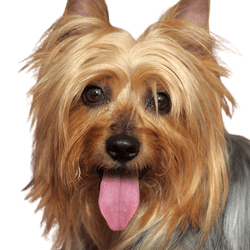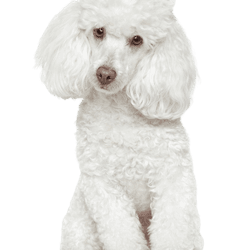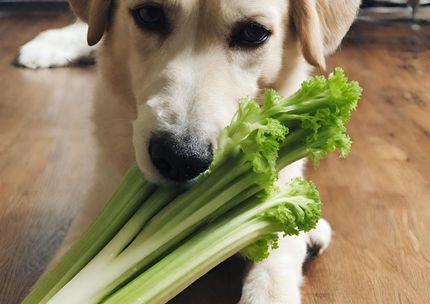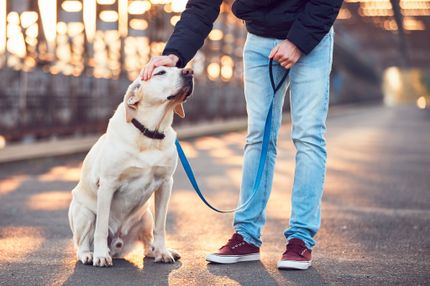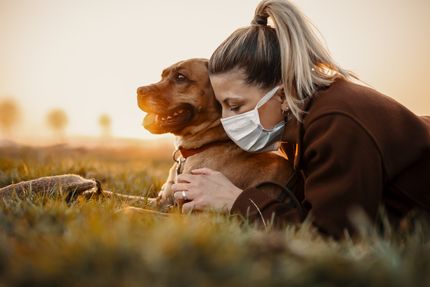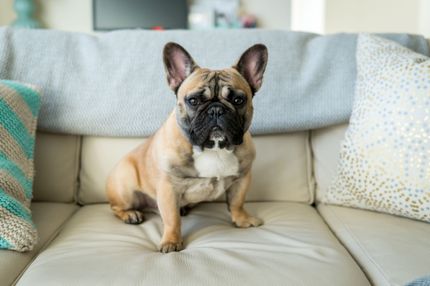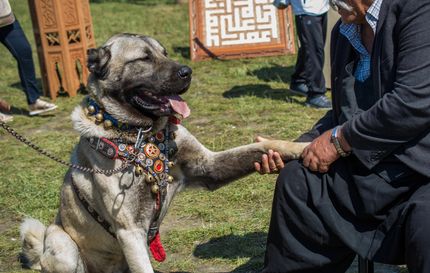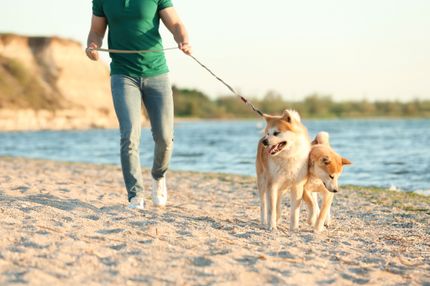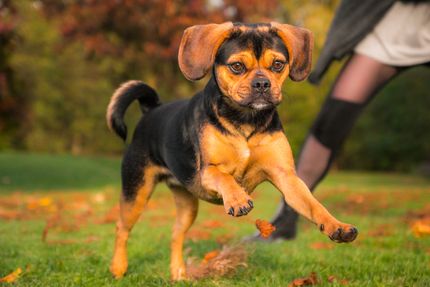Facts & Origin
Origin and history of the Poolky
The Poolky, a cross between the Poodle and Australian Silky Terrier, is a fascinating hybrid breed created by the union of these two popular breeds . Both the Poodle and Australian Silky Terrier have interesting origins and histories that give the Poolky unique characteristics.
Suitability and Use
The Poolky makes a good loyal companion and family dog. He is generally adaptable and can be kept in both apartments and houses. The Poolky requires regular exercise and mental stimulation to stay happy and healthy. Because of his active nature, he can benefit from varied activities and play.
| Alternate Name | - |
| Origin | Australia - Germany |
| Life expectancy | 12 - 16 years |
| Care requirements | high-maintenance |
| Activity level | average - average to high |
| FCI group | not recognised |
| AKC group | not recognised |
| KC group | not recognised |
More Australian Silky Terrier mixes
More Poodle mixes
Attitude, character and temperament of the breed
Possible character traits of the Poolky
The Poolky usually shows the following character traits, which make him a lovable companion:
- Intelligent and eager to learn: the Poolky inherits the high intelligence and eagerness to learn of both parent breeds, making it an easily trainable dog.
- Active and playful: He is often energetic and enjoys spending time outdoors doing various activities.
- Gregarious and friendly: The Poolky is usually sociable and friendly towards people and other pets.
- Adaptable: It adapts well to different living conditions and can be kept in both apartments and houses.
- Family Dog: The Poolky often makes an excellent family dog and gets along well with children if socialized early.
Usage
Health and care
As with all dogs, Poolky can have certain health problems that depend on the parent breeds. These may include eye problems, skin conditions or joint problems. Regular veterinary examinations, a balanced diet and proper grooming are important to ensure the Poolky's health. The coat should be brushed regularly to prevent tangles, and occasional trimming may be necessary.
What does this mixed breed look like?
The Poolky usually has a charming appearance that reflects characteristics of both the Poodle and the Australian Silky Terrier. The coat can be long and silky or curly and come in a variety of colors including black, white, brown or piebald. Size varies, but the Poolky is usually small to medium in size with an elegant body structure and a graceful appearance.
| Fur length | long - medium |
| Fur | flat coated - curly |
| Ear shape | Standing Ears - Floppy Ear |
| Tail | short - lang |
| Anatomy | slim, slim, sporty |
| Size ♀ | 23 - 60 cm |
| Weight ♀ | 3 - 28 kg |
| Size ♂ | 23 - 60 cm |
| Weight ♂ | 3 - 28 kg |
| Suitable For | - |
Known Diseases
Cataract
Cataracts are still one of the most common causes of blindness, even in dogs.
Dermatophytosis
Dermatophytosis (synonym dermatophytosis, from ancient Greek τὸ δέρμα derma, German 'skin' and ancient Greek φυτόν phyton, German 'plant') or tinea (Latin for 'woodworm', 'moth') is a skin fungal disease caused by specific fungi (dermatophytes).
Ureteral ectopy
Ureteral ectopy (also known as ureteral ectopia) is an inherited condition where the ureter (known as the ureter) does not end in the bladder as usual due to a misalignment.
Epilepsy
Definition: Dog has epilepsy if, for example, at least two epileptic seizures occur more than 24 hours apart.
Progressive Retinal Atrophy (PRA)
Progressive retinal atrophy (PRA) is a slowly progressive death of the retina in dogs.
Patellar problems
Problems with the Patellar can be a displacement or weak kneecap, which is one of the most common causes of lameness in dogs, also because of overweight.
Eye diseases
Often occur with allergies and intolerances.
FAQ
-
The size of this breed varies from 20-30 cm.
-
Normally poolkys live between 12 and 15 years.
-
This hybrid breed is very kind, attentive and playful. They can sometimes be a little timid, but usually they are friendly with people and other animals.
-
To keep the hair in good condition, it must be regularly brushed and bathed. It is also advisable to shear them every 3 months to prevent the growth of hair.
-
These animals are at increased risk for heart disease, kidney disease, knee injuries, eye disease, hereditary disease, and allergic reactions.
